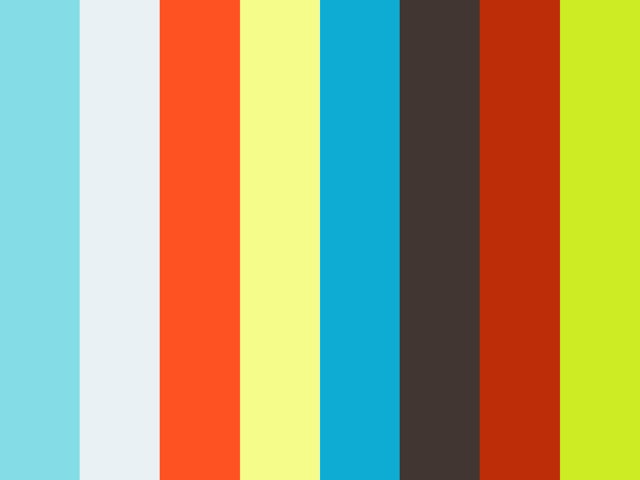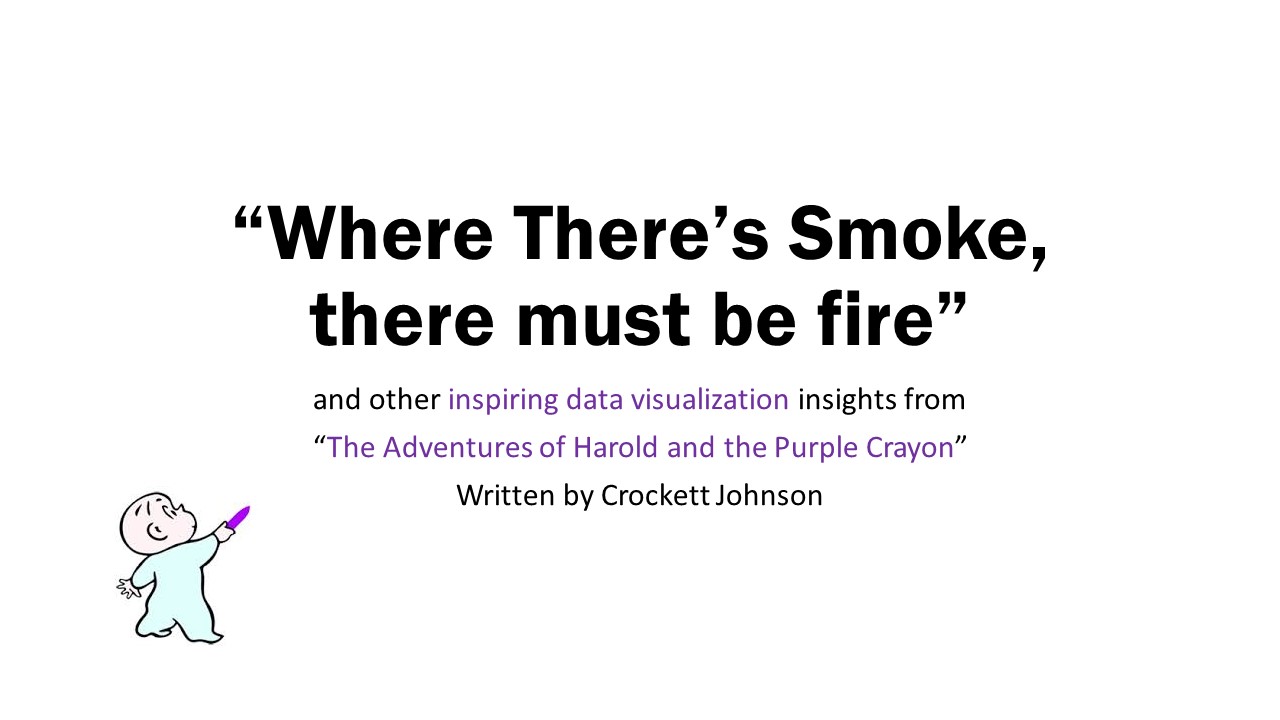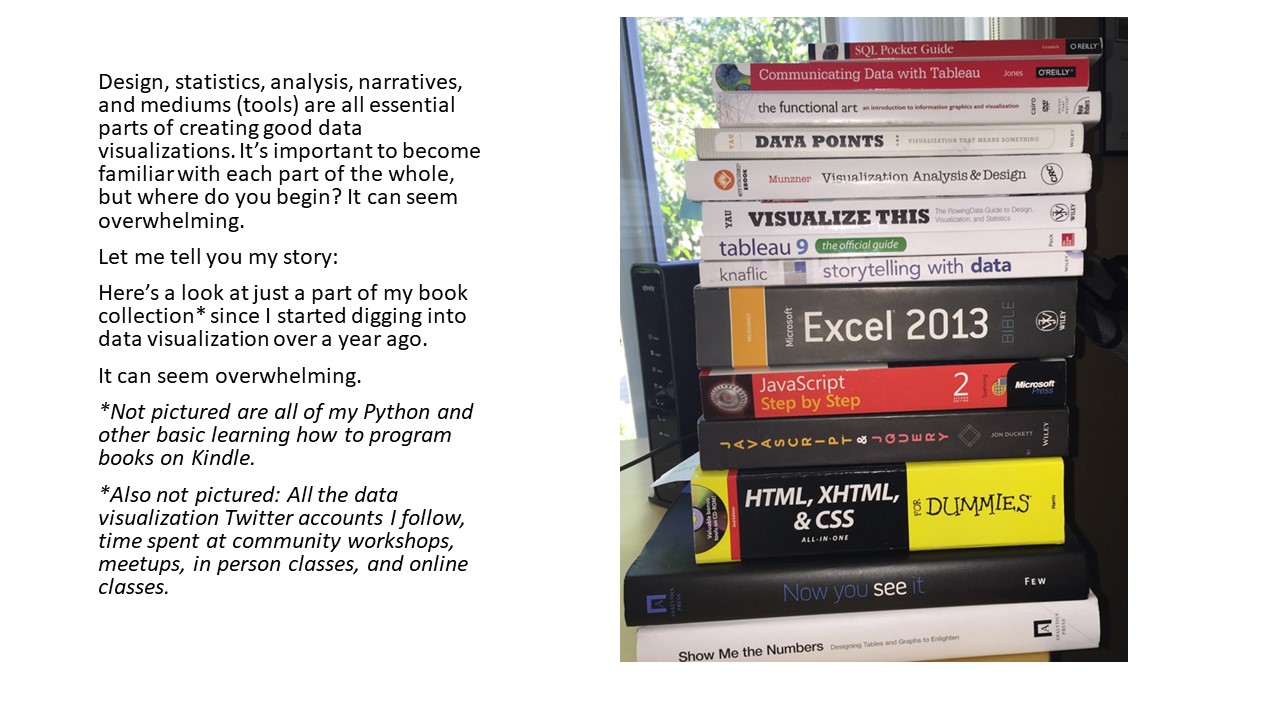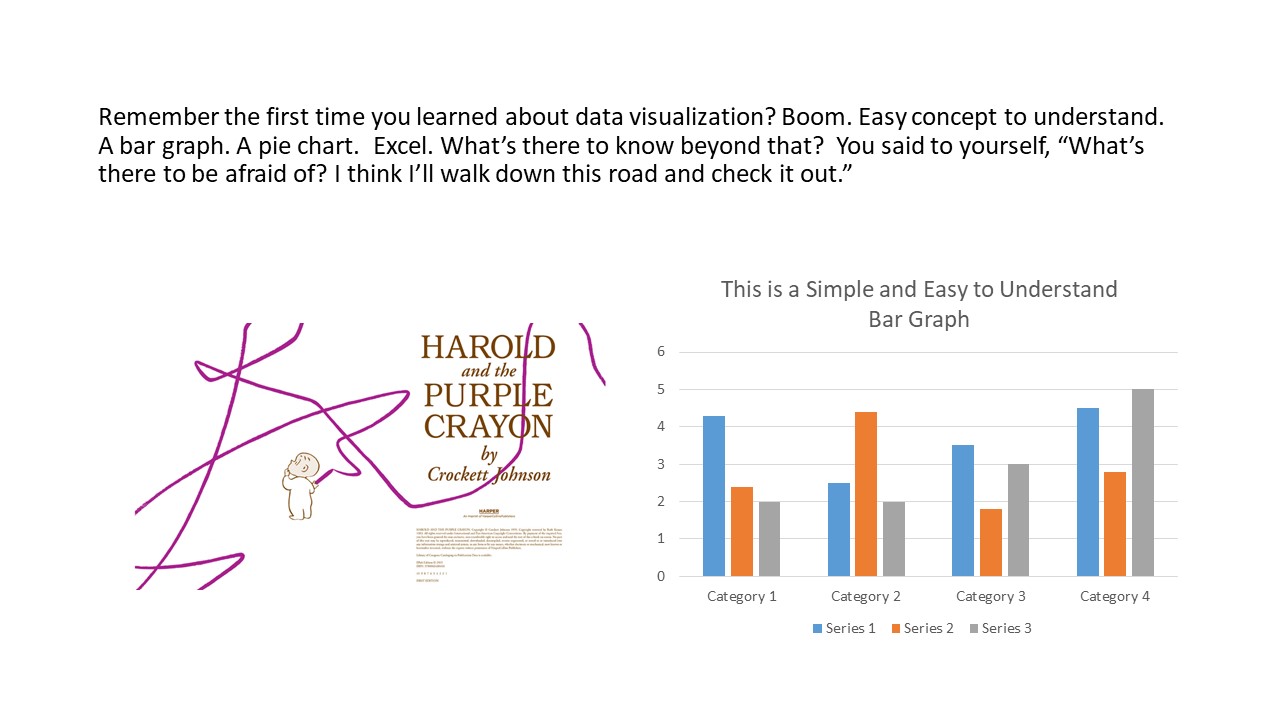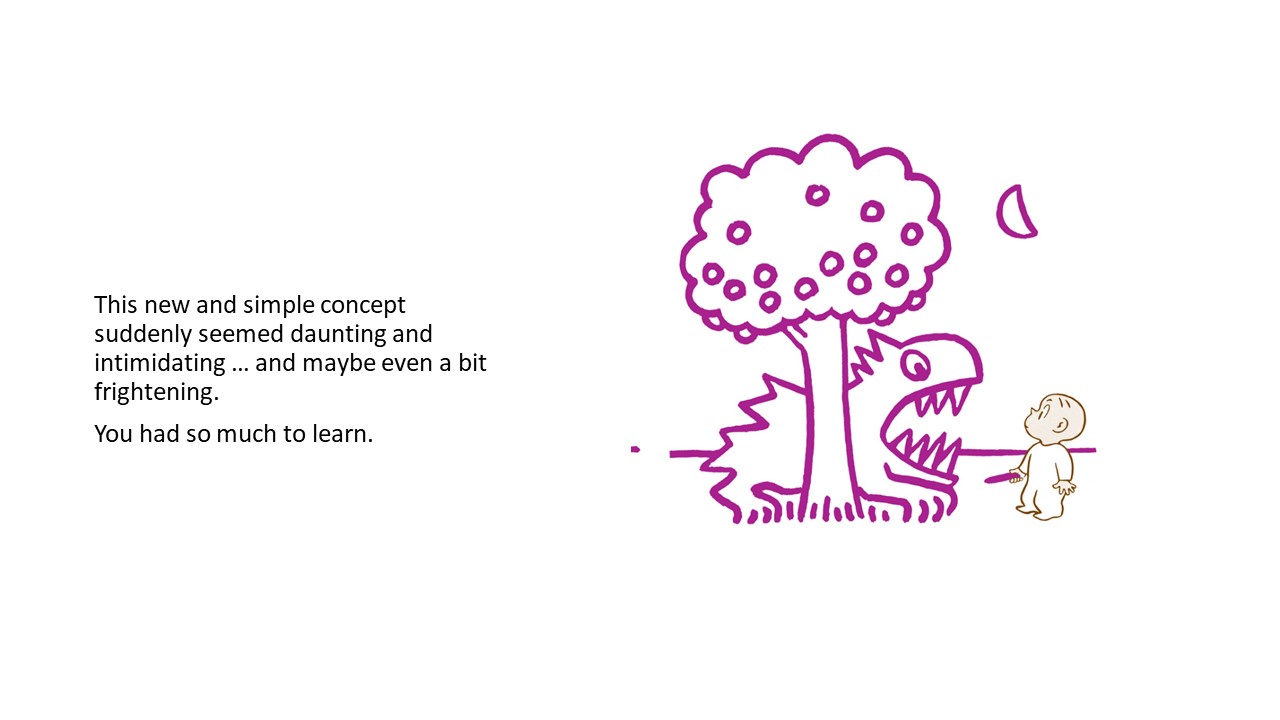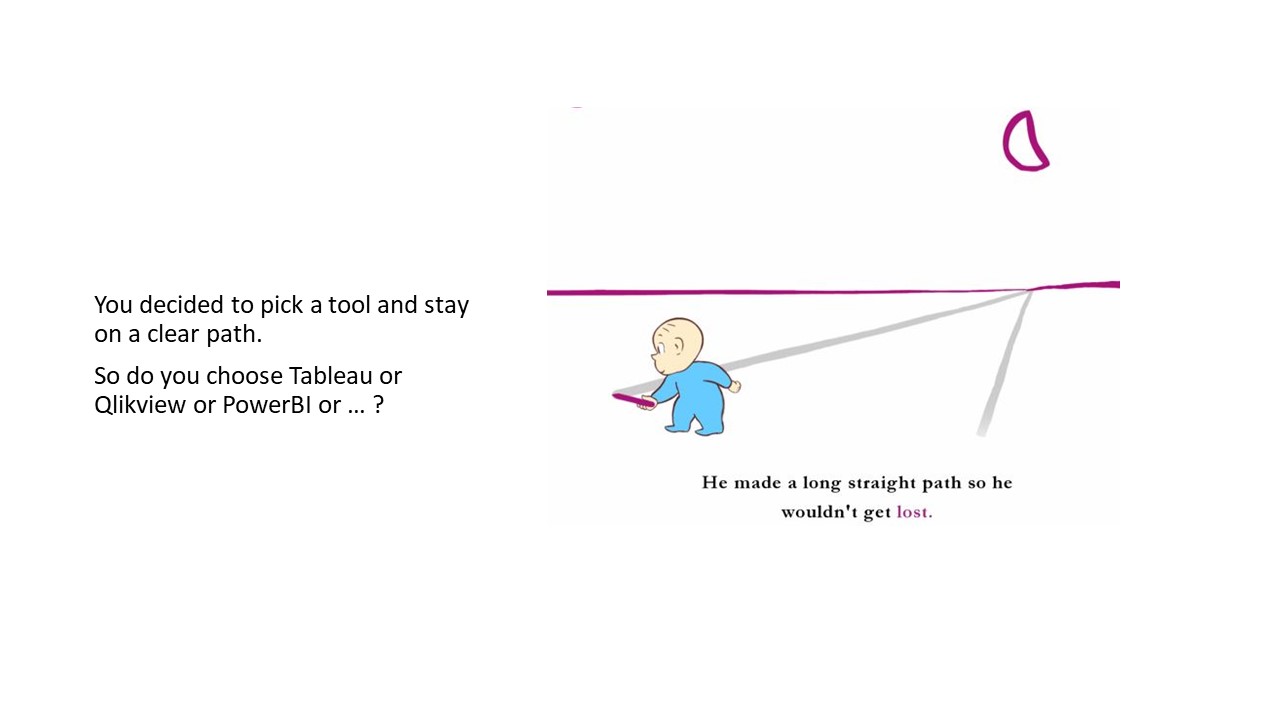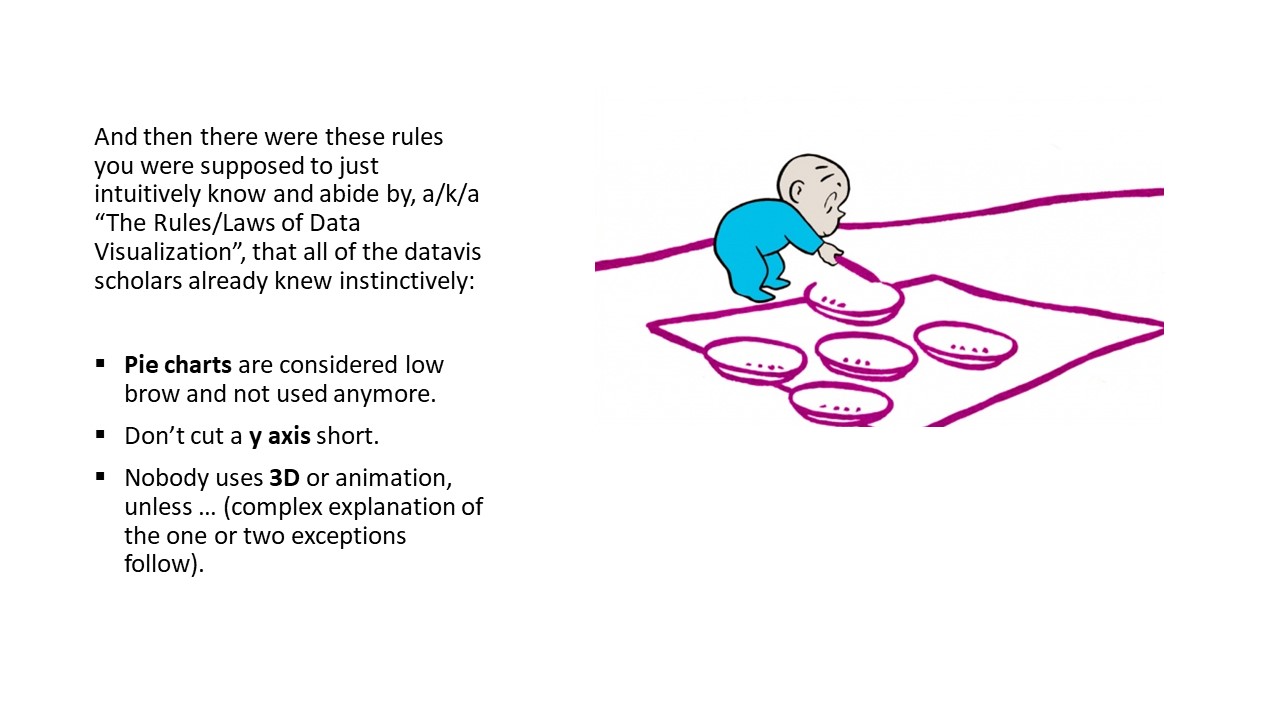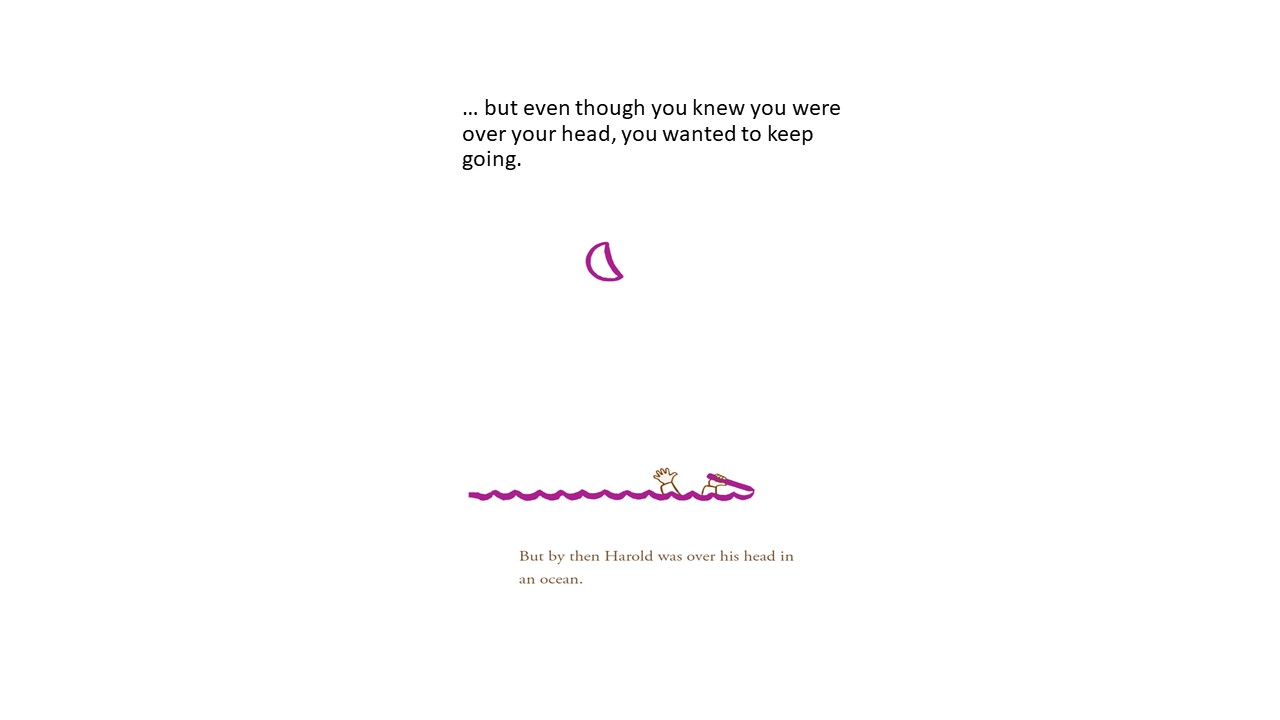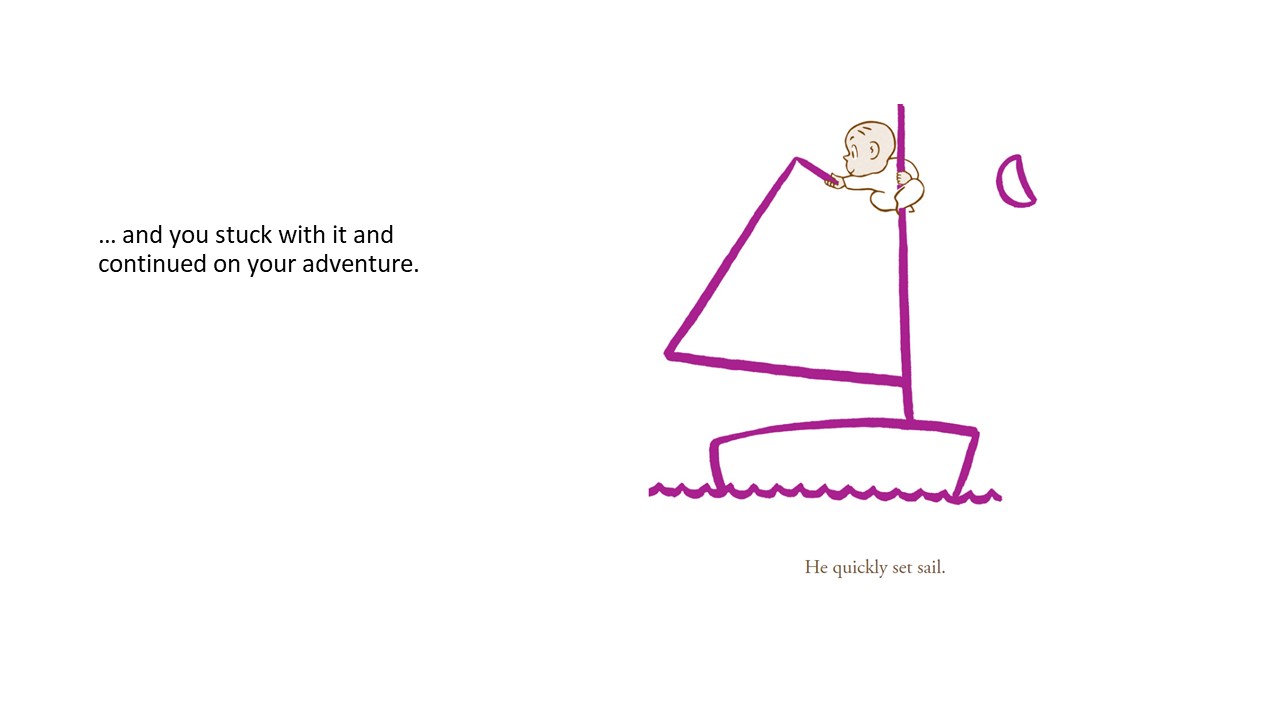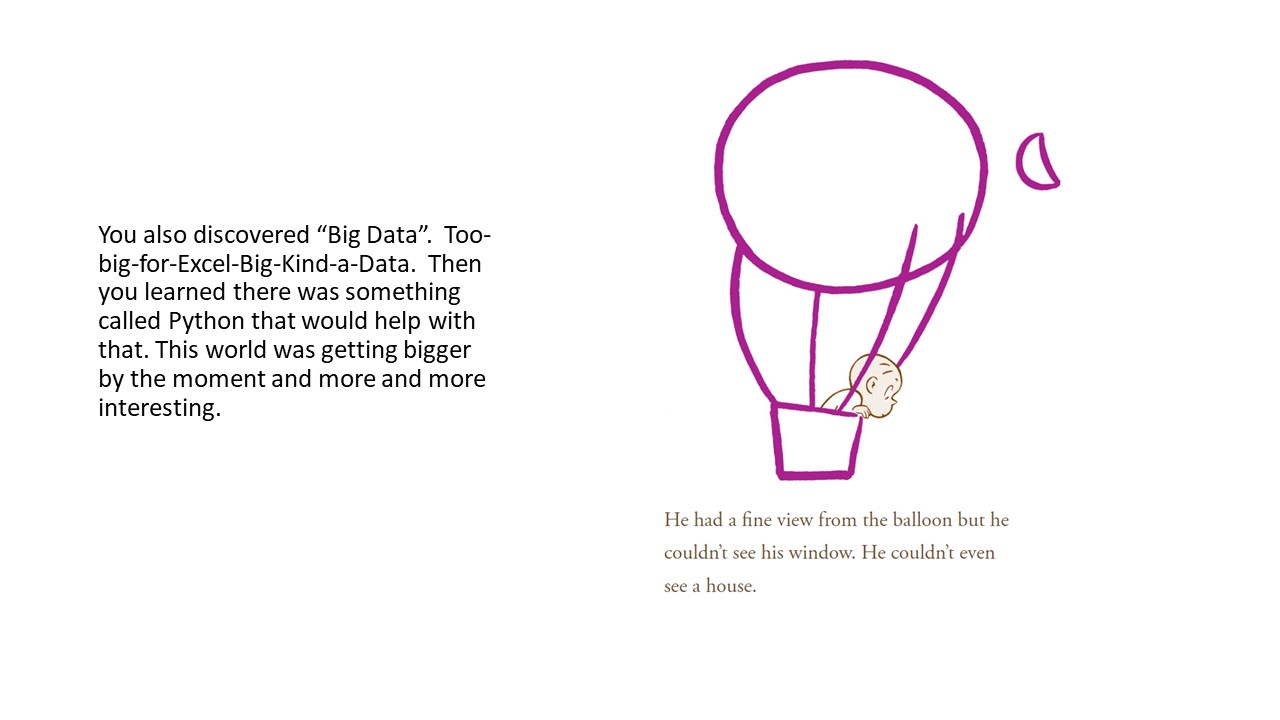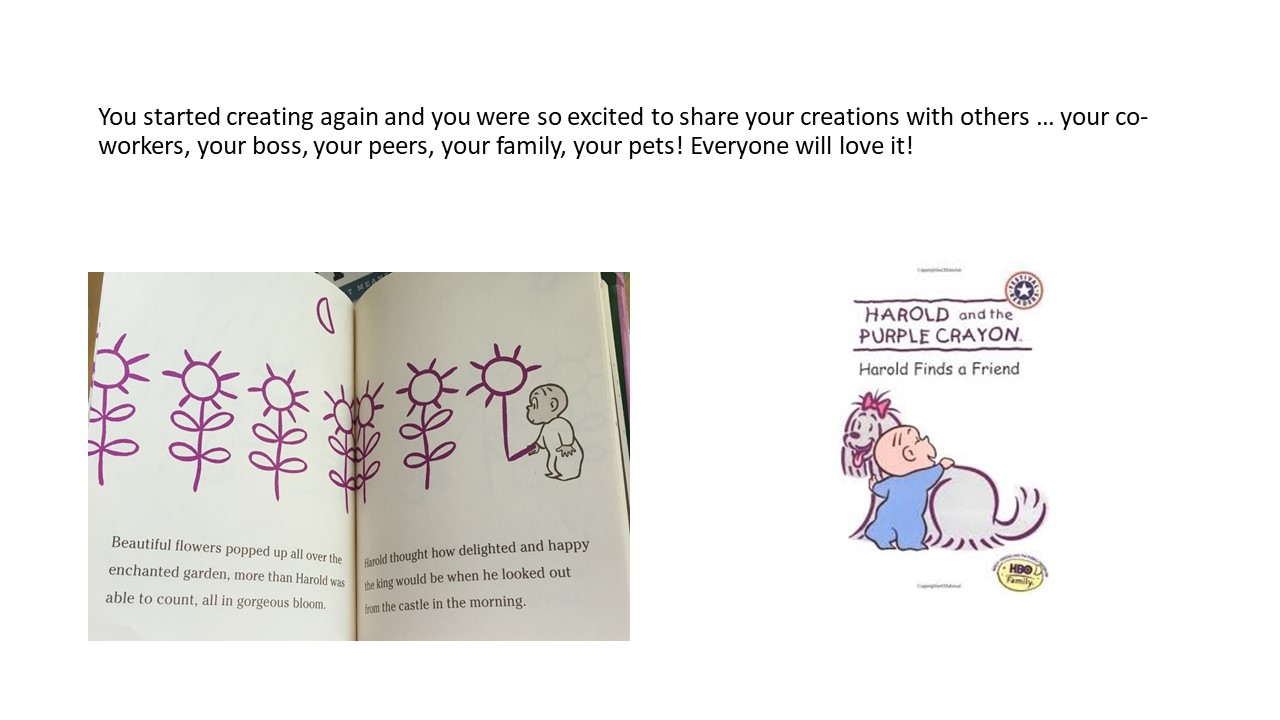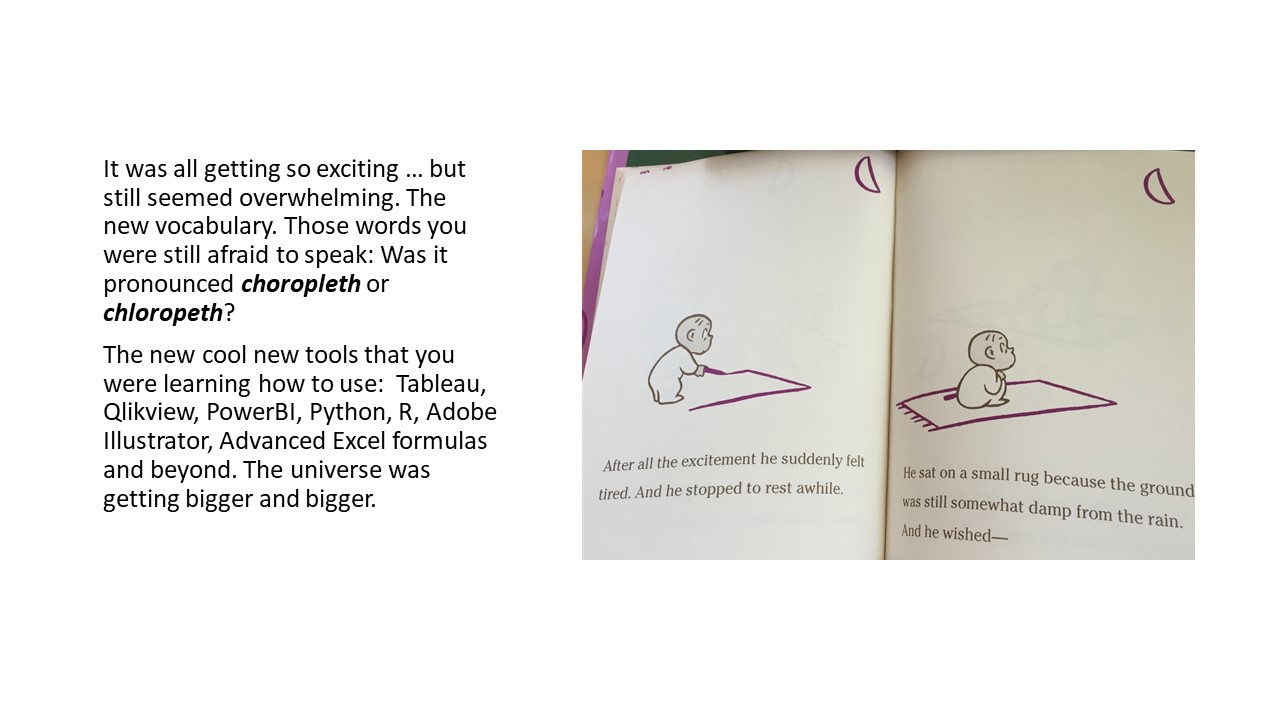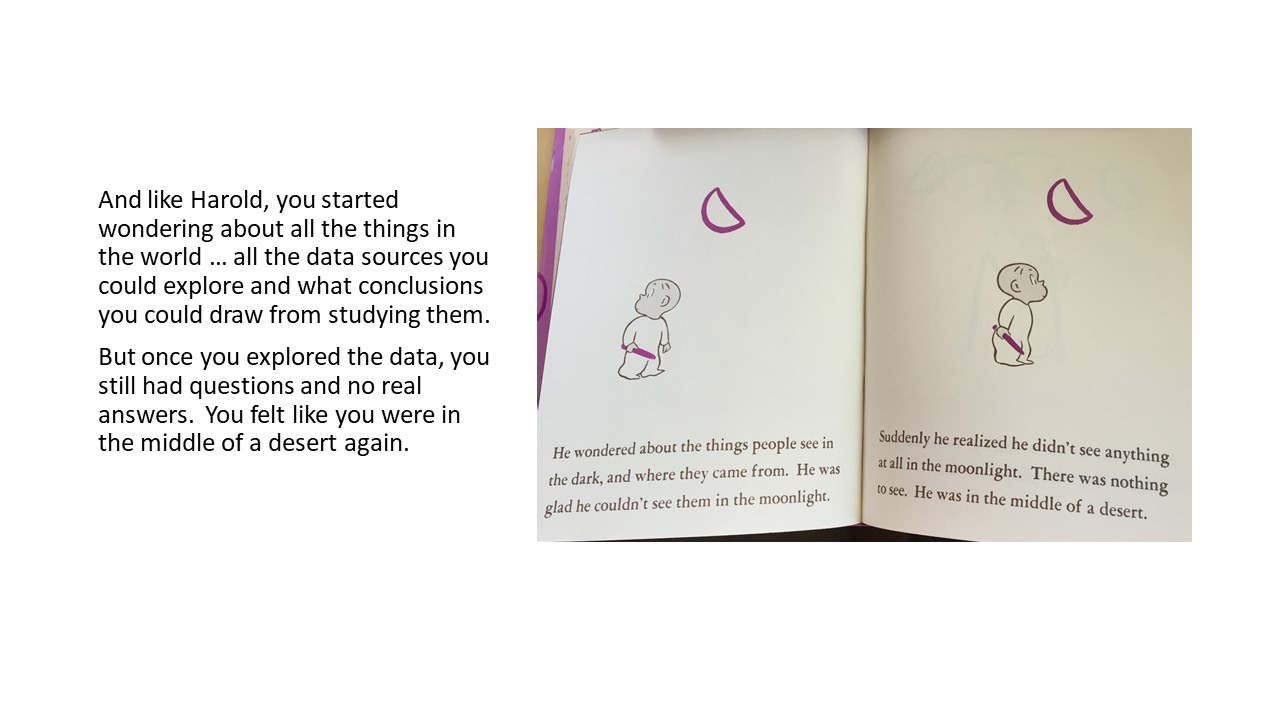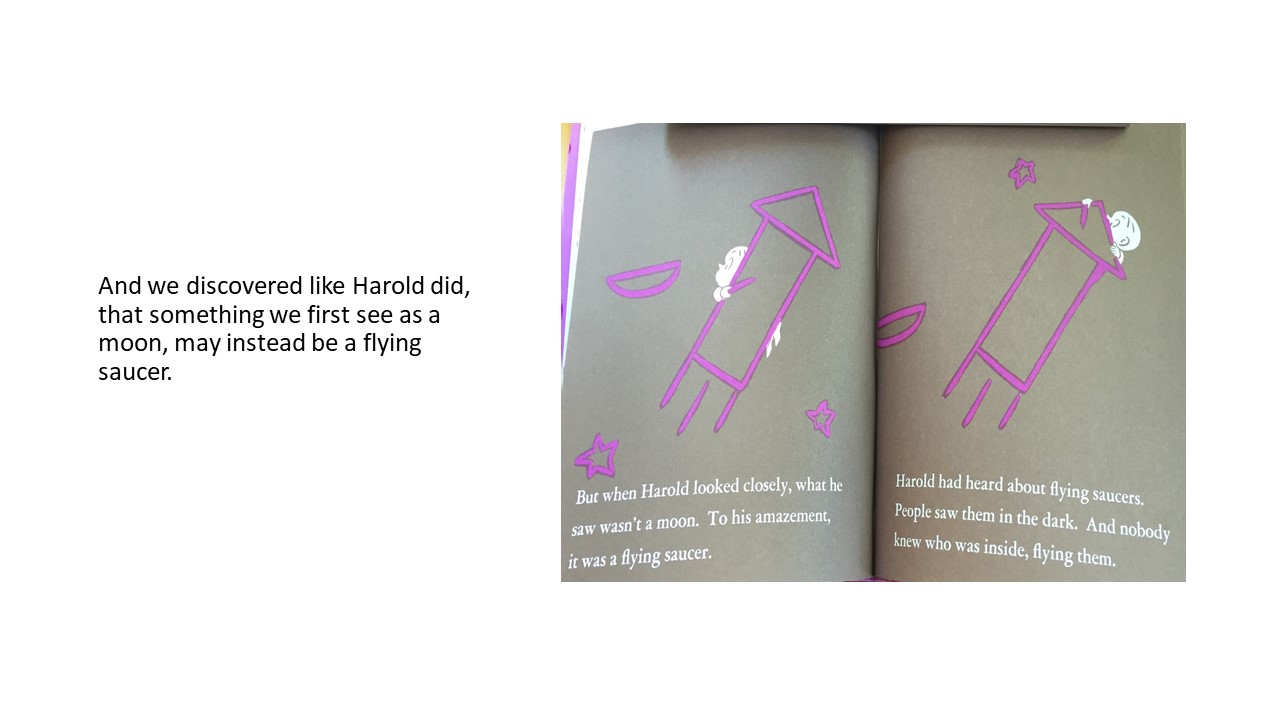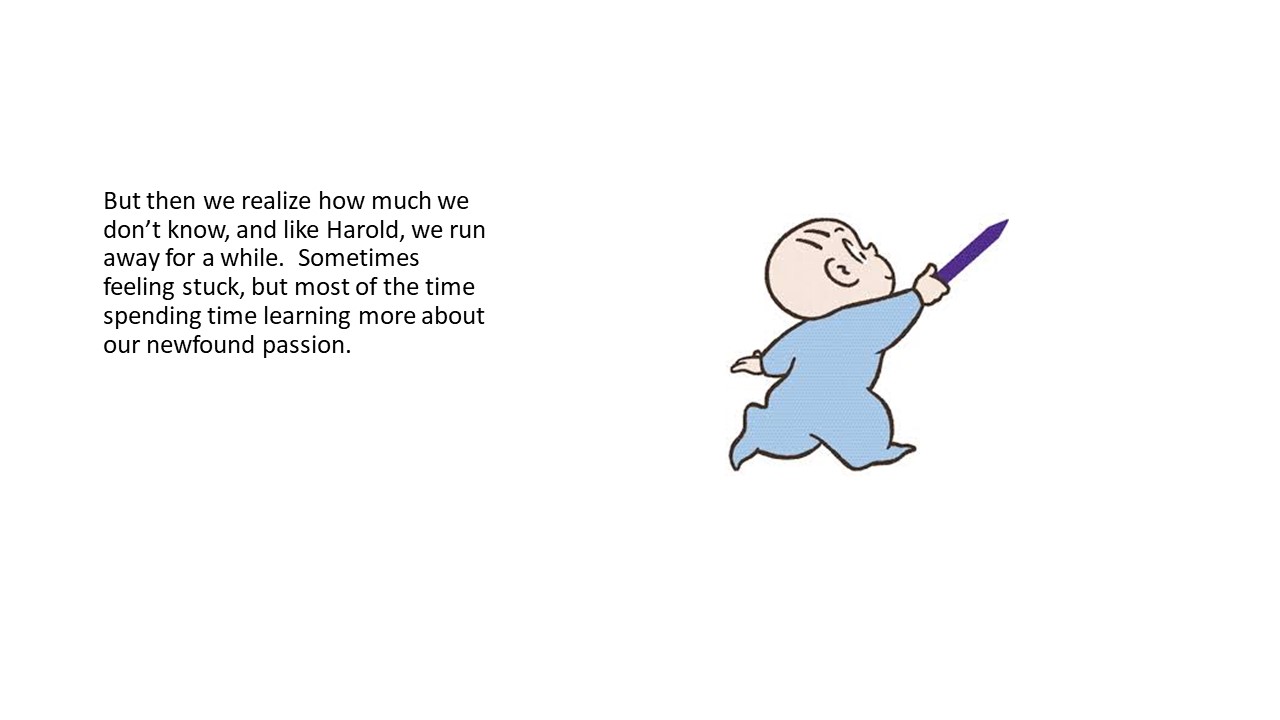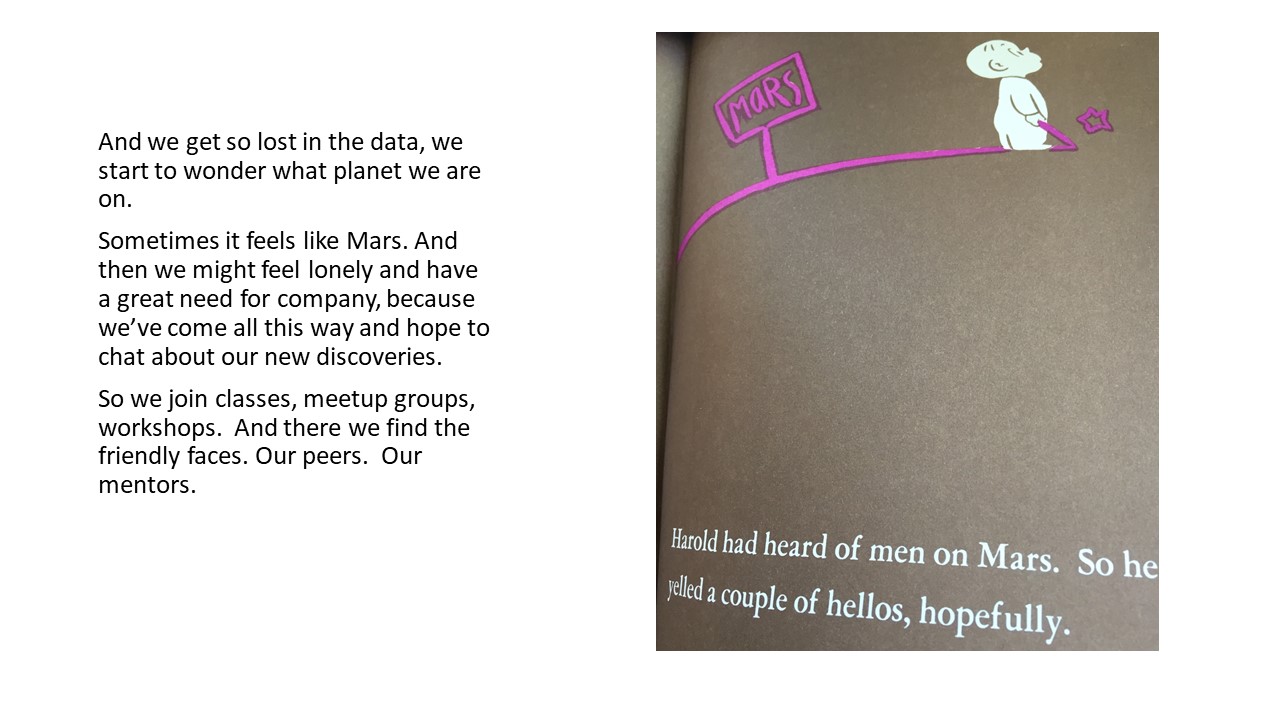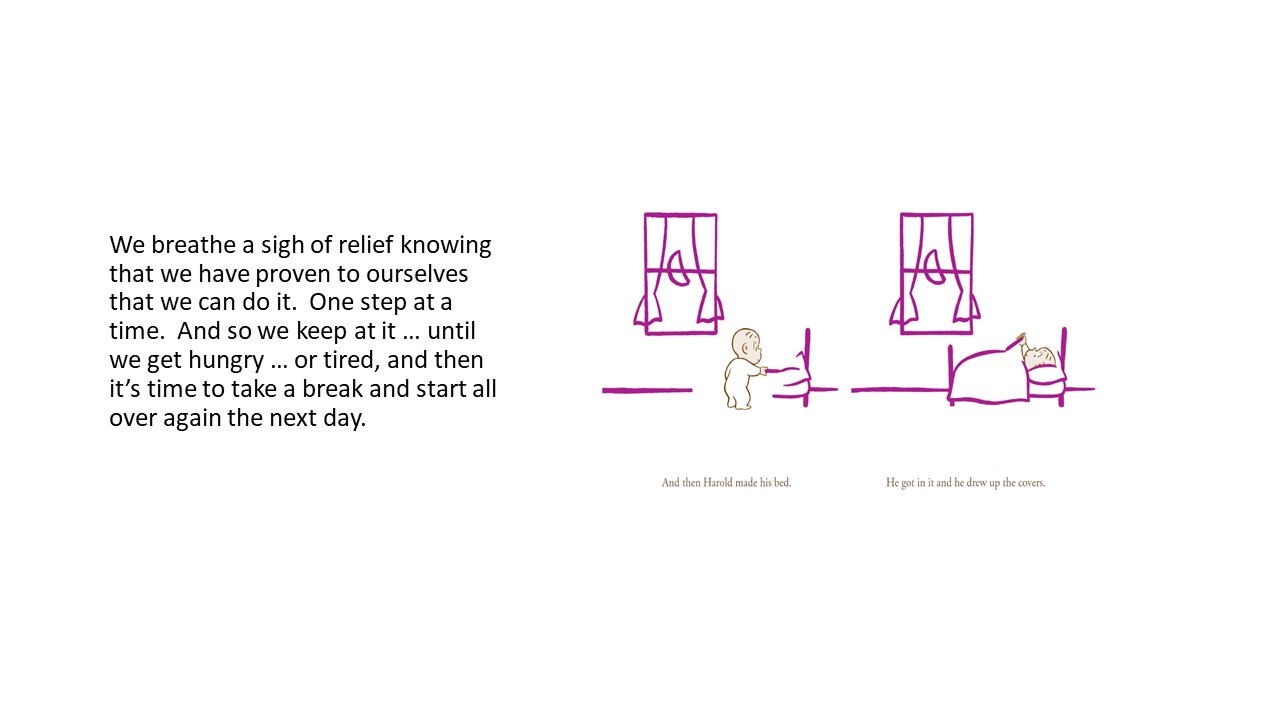Sticky Note Challenge
For this month’s Storytelling with Data Sticky Note Challenge, I am “sticking” with Cole’s suggestion to use the low tech sticky note method to brainstorm and align ideas along the narrative arc. The next step will be to edit and narrow the focus. The narrative arc method was taught at Cole’s workshop. I created a new set of sticky notes (pictured above) that I added to a notebook page from Cole’s workshop.
In addition, the more linear path I took was:
Hypothesis > Data > Analysis > Findings
Form a hypothesis (What I asked: Is this a problem/crisis?)
Look at the data (What do the numbers show?)
Do the Analysis (What I did: How did I apply the data to the question).
Report the Findings (What I found: The data proves it is a problem).
Next step: Bring it all together including building data visualizations that communicate the facts clearly.
Warning: The images shown below are graphic.
This is the story about a little boy named Clovis and the danger of snake bites in remote areas of the world. My friend, Dr. Pat Rees, is a volunteer surgeon, who helped Clovis. She shared this story and set of photos to help raise awareness of the need for more medical clinics in remote areas of the world.
The Plot
The Problem: Snake Bite Deaths
According to IHME, The Institute for Health Metrics and Evaluation, "In conflict zones like South Sudan and Central African Republic, MSF (Doctors Without Borders) treats more people affected by snakebite than landmine injuries," said Dr. Gabriel Alcoba, one of the study's authors and a doctor with Doctors Without Borders/Médecins Sans Frontières (MSF) and Geneva University Hospitals (HUG).” Read more here.
The personal story: Clovis
Clovis, a young boy living in a remote area of Burundi, is bitten by a snake.
Rising Action
The facts/data overview:
93 million people are vulnerable to death from snake bites.
The story continues …
Clovis is taken to a witch doctor for treatment, since no medical clinics are located where he lives.
Climax/Tension
Focused and convincing data to establish need:
Other research concludes that an estimated 5 million people are bitten every year by poisonous snakes, and about 125,000 of them die. As a result, it is one of the most burdensome neglected tropical diseases.
“In spite of the numbers, snakebites received relatively limited global attention,” said Professor Simon Hay, Director of Geospatial Science at IHME.”
The story continues …
Clovis’s arm becomes infected after the witch doctor applies snake ashes to the wound.
Falling Action
Drilldown to data: Number of deaths and amputations due to snakebites.
The story continues …
Clovis is transported to a medical clinic hours away and must face surgery.
Ending Resolution
Call to action: Raise awareness of need for more medical clinics and accessibility for treatment.
Every year, an estimated 2.7 million people are bitten by venomous snakes, resulting in death for more than 100,000 people and life-long disfigurement and disability for 400,000 more.
"Children are particularly vulnerable to death and disability from snake bite poisoning due to their small body mass."
The story concludes …
It was necessary to amputate Clovis’s hand, but the good news is that his life was saved.
““However, the vast majority of snakebite victims are unable to access affordable and effective treatment.””
”An ambitious, multifaceted approach is urgently needed to tackle this neglected health crisis. We work with governments, treatment providers, donors and communities affected by snakebite, amongst many others, to try to bring about real change for snakebite victims everywhere. We are calling for:
Access to affordable, good quality antivenom to be urgently scaled up.
Increased resources from governments and donors to tackle snakebite, including for new tools such as new generation antivenoms.
Better data on the true incidence and distribution of snakebite in order to deliver the right treatments in the right places.
Improved training of healthcare professionals and increased investment for community awareness of snakebite first aid and prevention.”
Visit Doctors Without Borders to find out more information about how you can get involved in ending this crisis.
Italy Top Travel Apps & Tips
After returning from a month traveling in Northern Italy, I am realizing that I have been sharing a lot of “broken record” advice to friends headed there, so here’s my advice in one quick post just to make it easy:
After returning from a month traveling in Northern Italy, I am realizing that I have been sharing a lot of “broken record” advice to friends headed there, so here’s my advice in one quick post just to make it easy:
Top Apps
Install this app for an as-good-as-it-gets train travel experience between cities. This train app accepts major U.S. credit cards (cards that don’t always work when purchasing tickets in person). And those paper tickets don’t give the clear information that this e-ticket provides (e.g. route number, etc.). Here’s what an e-ticket looks like when you purchase it with the app:
All the information you need except for the train platform number is included in your e-ticket. The conductor will scan the QRC after you board. If you are certain you know when you want to travel between cities, be sure to purchase your tickets in advance since some routes sell out quickly.
2. City Card
Before you leave home, check out the selection of city card apps and purchase an e-ticket to those cities that you know you are going to explore to the best of your ability. The Firenze card app is especially important to consider if you are wanting to visit as many museums as possible in Florence. The app has a great built-in navigation feature that shows you just how close you are to each museum. It is important to note that with the Firenze card you can only visit each museum once and the card is only good for 72 hours after it is first scanned. Be sure to keep your printout receipt after your QRC is scanned for each museum since you usually are required to present the receipt as proof of scanning. It is wise to make your reservations to visit the Duomo (if tickets are available at the main office) after you visit your first museum.
The app gives also you a history of the museums you have visited, which is nice to look back on.
3. Booking.com
Booking hotel rooms through this app was easy and the information provided gave me all that I needed to get to and from the lodging and from the hotel to the airport. Response time from the hotel staff was quick when I used this app.
4. Google Translate
Experienced travelers frequently use this app when English and hand gestures are just not enough to understand someone or get understood by someone. You may visit places in Italy where English is not widely spoken, so you are smart to download this app, practice using it, and have it ready to go when you need it.
5. Duolingo
It won’t hurt to learn a few words in Italian even if your visit to Italy is short. Duolingo is a fun and easy language learning app to use. Start using it about a month before you leave and you will learn some basic vocabulary and pronunciation of common words you will be hearing. If nothing else, it will bolster your confidence and give you a sense of satisfaction in knowing that you know at least a few Italian words and phrases.
6. Kindle Reader
If you want to set yourself up for a good cultural immersion experience, then read a good Italian novel during your visit. And since WiFi is not always available, be sure to have the novels downloaded on your Kindle reading app so that you can pick up where you left off during travel between destinations. I read My Brilliant Friend, the first book in Elena Ferrante’s wildly popular Neapolitan Novel Quartet series that is now on HBO. I am planning to read the remaining books in the series before my next trip to Italy.
7. Mobile Passport
This is the app that could save you an hour or more of waiting in line to re-enter the U.S. It is in use at most major U.S. airports. Just scan your passport information into this app and you can bypass the line of travelers who are waiting to have their passports manually inspected. I couldn’t believe how many travelers did not have this app installed and ended up waiting in long lines. It’s quick and easy to use but can be overlooked when you are busy getting other pre-trip tasks checked off the list, so my advice is to download and install it before you leave home so that you know you have it ready when you need it.
Some of the most important advice though is to check with your phone carrier for data plans before traveling to Europe. T-Mobile offers a plan for $10.00 per day to cover data needs. It really is worth it if you want to be able to stay in touch and post your photos to Social Media to share with your family and friends at home.
Also, you will be surprised at how quickly your phone battery can drain during travel. Before you go, delete all unused phone apps, disable notifications, switch to lower power mode, and use airplane mode, anytime you don’t need to be connected.
IMPORTANT: Purchase at least one (preferably two) external battery chargers to bring with you on your journey. Be sure to power these chargers up each night while you are sleeping (using your U.S/Italy power adapter). Oh and don’t forget to bring THE CORD to attach your phone to your battery, otherwise a recharged battery is of no help!
General Advice
I just can’t resist passing along some other miscellaneous travel advice that will help you prepare for your journey to Northern Italy.
Nope on luggage: If you can travel with just a backpack, do it. Speaking from experience, there is nothing worse than schlepping a suitcase up and down the streets and bridges of Venice at 4 AM when you are trying to make your way to the bus to take you to the airport for that early morning flight home.
Mosquitoes: The mosquitoes in Italy are a force to be reckoned with! Buy and use mosquito repellent as soon as you arrive, otherwise you could end up with some monstrously nasty and irritatingly itchy bites—an annoyance that can easily be avoided.
Air conditioning: Try to book accommodations with air conditioning when traveling in the summer. Tossing and turning because it’s too hot to sleep and not being able to open the windows (because of mosquitoes and the absence of window screens) could spoil your next day’s travel experience. If this turns out to be unavoidable and happens to you, then recharge your morning with a caffe’ shakerato.
Exploring Cities in a Day: It is definitely possible to cover some of the smaller cities in just one day. Top on the list of those cities are Vicenza, Verona, and Pisa (which really can be easily covered in a half-day).
Not getting lost: Instead of relying completely on a maps app (e.g. Google Maps), when you arrive in a city figure out the major landmarks and make your way to your hotel and other attractions based upon the location from those landmarks. For instance, it is really easy to get lost in Venice, so if you find yourself confused as to your whereabouts, look for the signs to the 3 major landmarks: Piazza San Marco, The Rialto Bridge, and Piazzale Roma (the train station). If feeling lost, head back to one of those landmark areas to reorient yourself to your surroundings.
Me not getting lost in Venice!
That’s it. Buon viaggio (have a safe trip)! Ciao!
Exploring the steep cobblestone streets of Lake Como.
Looking Back at Harold and the Purple Crayon
A while ago now, when I first started venturing into learning more about data visualization, I created this PowerPoint to share about my experience. I am kind of happy to say that I still have these same thoughts and feelings today--there's so much to learn!
A while ago now, when I first started venturing into learning more about data visualization, I created this PowerPoint to share about my experience. I am kind of happy to say that I still have these same thoughts and feelings today--there's so much to learn!
The Benefits of Showing and Sharing Work
In the past 48 hours, I re-read, "Show Your Work!" by Austin Kleon and watched the movie "A Quiet Place". I'm combining my thoughts on each as a type of mashup about the need to share our work:
This past weekend, I revisited, "Show Your Work!" by Austin Kleon and watched the movie "A Quiet Place". I'm combining my thoughts on each as a type of mashup about the need to share our work:
The Book: Show Your Work! by Austin Kleon
Probably the best book to pick up if you are getting ready to start sharing your thoughts and processes on learning something you are passionate about is Austin Kleon's, Show Your Work. It's well worth your time and money. For less that $10 and in less than an hour, your mindset can be changed. Instead of feeling like you don't have much to share, you come away convinced that you don't have to be a genius with a list of impressive accomplishments in order to use your voice. You just have to be curious and a little courageous to share what you are learning and to do so on a regular basis. Your willingness to share your experience just might help another soul who is venturing on the same path just a few paces behind you.
A few really worthwhile things that stuck out to me:
1. The Curse of Knowledge: Sometimes when we are learning something new and we Google search a solution, the top solutions are written by the experts and not necessarily from a beginner's point of view. The vocabulary used might be advanced and assumptions made by the expert that the reader has a basic understanding of the knowledge domain; thus, the Curse of Knowledge. Key steps from a learner's point of view may be overlooked or omitted. Here's where it becomes our duty as amateur learners to share our understanding of the solution, using vocabulary that is more familiar to a beginner learner. Austin shares C.S. Lewis's powerful quote on this topic:
“It often happens that two schoolboys can solve difficulties in their work for one another better than the master can. The fellow-pupil can help more than the master because he knows less. The difficulty we want him to explain is one he has recently met. The expert met it so long ago he has forgotten.”
2. We are all amateurs: Kleon focuses on the fact that the world is changing so rapidly, that we are all amateurs. Whatever your profession, the processes and tools used to finish your tasks are different today than they were a year ago and will be different again one year from now. No one has "arrived". It's good to remember that we are all learners.
Although, if we literally have just "arrived" and are brand new to a field and feel like we are starting from scratch, this should not stop us from sharing. Kleon recommends sharing something that inspires you. A good first step is finding a group of like-minded people to connect with online and follow them. Pay attention to the content they share, and then notice what they are not sharing. Fill those voids by sharing something that might be missing in the dialogue. After you start creating: Share about your methods and progress using this workflow: > Share your project > Share your portfolio > Share about how others are interacting with your work. This can turn into a daily dispatch if after each day you share one thing about your process. And Kleon quotes Theodore Sturgeon in reminding us to stay humble, knowing that "90% of what you share is crap!"
3. Open Your Cabinet: Don't Be a Hoarder: If you don't have something of your own to share, share some of the wonderful things you have found. There's not as big of a difference between collecting and creating as we might think. Where do we find our inspiration? Is it in books? Movies? People? And when sharing, be sure to extol your heroes and give credit to where credit is due.
The Movie: A Quiet Place
In our country, we value free speech and for some citizens the speech flows freer than for others, but sharing our thoughts, ideas, and ultimately our work, can make us vulnerable. The old adage about a fool remaining quiet and seeming wise instead of opening his mouth and removing all doubt can stop some of us dead in our tracks, preventing us from sharing. We don't want to be considered fools. Like the Abbott family in the movie, A Quiet Place, we are terrified to speak up, dreading the consequences of being heard. If we stay silent, we can be invisible and live in safety. Sometimes the people who speak up seem like the old man in the movie (spoiler alert) who yells at the top of his lungs, knowing the aliens will devour him. He's old and tired and basically doesn't give a rip anymore. He knows death is near anyway so his personal safety and that of others is not his concern. Most of us don't want to be like the old man. We instead want to use discretion and wisdom in what we share and how we share it. We have people and causes we care about that are much more important than our need to share everything. The question then is should we risk sharing at all? If so, what is okay to share? If it is okay to share, how do we go about sharing it?
Old man who has given up and lets it all out in "A Quiet Place".
And then eventually what we find out in life is that not sharing is actually a form of sharing. The Abbott family, intent on not making a sound, eventually make sounds. Quiet sounds in daily living. Loud sounds in moments of pain. All sounds putting them in danger. And the addition of the newborn baby made it clear that we were all born making noise and designed to share. Our voices, no matter what our level of expertise, should be heard and our ideas shared. So, share. It's your right and your duty.
If you are still not sure about whether or not you should choose to share, here's a recent tweet by Austin Kleon that speaks volumes:
“Work is self-expression. We must not think of self-expression as something we may do or something we may not do. Self-expression is inevitable. In your work, in the way you do your work and in the results of your work, your self is expressed.”

